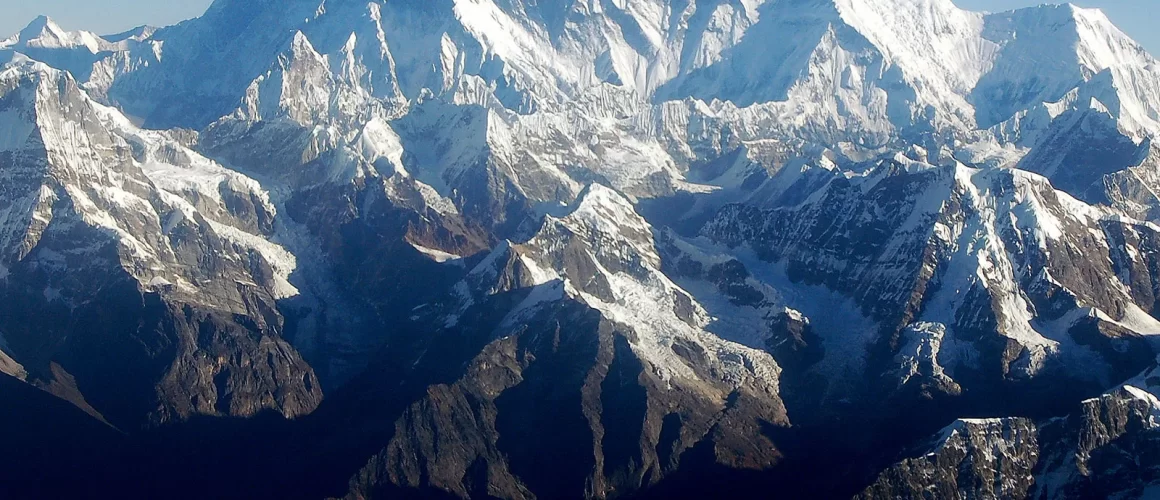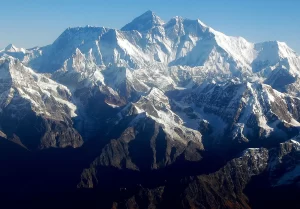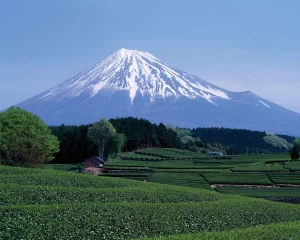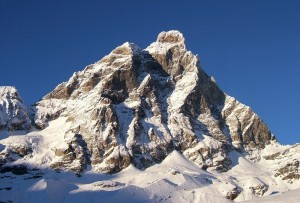Mountain Photography
The view
Mountain photography produced some of the most iconic photos. They can capture some of the most stunning imagery and photographs. From soaring mountain peaks that reach 29,000 feet to tranquil lakes. These places offers amazing opportunities to capture the very best dramatic images. We’ve compiled a list of 15 of the most scenic mountains in the world.
Any of these offer the best mountain photography. Each destination on this list offers a unique experience and an opportunity to capture awe-inspiring photographs. Whether you’re an avid hiker or just enjoy admiring natural beauty, these destinations are sure to leave you in awe and provide an unforgettable photographic experience
The locations
- Mount Everest, Nepal: Known as the tallest mountain in the world. Mount. Everest stands at 8,848 meters (29,029 feet). Its peak is considered the ultimate goal for mountaineers and adventurers in mountain photography worldwide. The stunning views of the Himalayas make it a perfect place for photographs. The ultimate in mountain Landscapes. expensive if you are planning to shoot there, but worth it.
- Mount Fuji, Japan: This iconic mountain is Japan’s highest peak and has been considered sacred for centuries. Its symmetrical shape and picturesque landscape make it a popular spot for photographers. Best to visit during cherry blossom season when the pink flowers contrast with the white of the mountain. Possible to take spectacular photos while climbing, since it does not require the same risk or endurance then other high peaks
- Matterhorn, Switzerland: The Matterhorn’s striking pyramid shape is unmistakable and is considered one of the most beautiful mountains in the world. Located on the border of Switzerland and Italy. it is a popular spot for hikers and climbers, offering some of the most breathtaking views in Europe.
- Mount Kilimanjaro, Tanzania: This dormant volcano is the highest peak in Africa. It stands at 5,895 meters (19,341 feet). Its snow-capped summit is a sight to behold. Mountain draws thousands of hikers and adventurers each year.
- Grand Teton, Wyoming, USA: Located in Grand Teton National Park. This mountain range is a popular spot for photographers. Its rugged peaks and clear lakes provide a scenic backdrop for nature photography. The highest point in this range is 14,000 feet. Sunrise provides the best light to illuminate the face of the mountains.
- Mount Rainier, Washington, USA: Mount Rainier is an active volcano located in Washington State. It is a hot spot for hiking and photography. Its glaciers, wildflowers, and alpine meadows make it a landscapes photographers dream. Highest part of the mountain is 14,500 feet.
- Mount Denali, Alaska, USA: Standing at 6,190 meters (20,310 feet), Mount Denali is the highest peak in North America. Its towering presence in the Alaskan wilderness makes it a popular spot for photographers and adventurers alike.
- Mount Fitz Roy, Argentina: Located in Patagonia, Mount Fitz Roy is a challenging peak to climb. However. it provides some of the most stunning views in the region. Its jagged peak rises above the Patagonian landscape and provides a dramatic backdrop for mountain photography.
- Mont Blanc, France/Italy: The highest peak in the Alps,Mont Blanc is a popular spot for mountaineering and photography. Its snow-covered slopes and glaciers provide a stunning backdrop for landscape photography. Highest point of the mountain is 16,700 feet
- Mount Cook, New Zealand: Located in the Southern Alps of New Zealand. Mount Cook is the country’s highest peak. Its rough untouched beauty has stunning glaciers make it a popular spot for photography and adventure tourism.
- Mount Huangshan, China: Also known as the Yellow Mountains. Mount Huangshan is a UNESCO World Heritage site. Its considered one of the most beautiful mountains in China. Its granite peaks, lush forests, and hot springs provide a stunning backdrop for photography.
- Table Mountain, South Africa: The mountain is located in Cape Town, South Africa. Considered an amazing hot spot for photography and hiking. Its flat-topped peak provides the best views of the city and the surrounding coastline.
- Mount McKinley, Alaska, USA: Also known as Denali.. Mount McKinley is the highest peak in North America. Its snow-covered slopes and rugged terrain make it a popular spot for photography and mountaineering. Highest point of the mountain is 20,000 feet
- Mount Elbrus, Russia: Located in the Caucasus Mountains of Russia, Mount Elbrus is the highest peak in Europe. Its snow-capped summit provides a stunning backdrop for photography and attracts adventure tourists from around the world.
- Mount Olympus, Greece: Located in northern Greece. Mount Olympus is the highest peak in Greece. Also considered the mythical home of the gods in Greek mythology. It has rugged beauty mixed with ancient history make it a popular spot for photography and adventure tourism.
Matterhorn Mount Fuji Everest
The equipment used in mountain photography
- Good quality camera and lenses: A high-quality camera and lens are important to capture sharp images with rich details. A good DSLR camera with a quality lens is recommended . Camera should also have a wide aperture and can capture a wide range of focal lengths.
- Tripod: A sturdy tripod is definitely necessary. It will offer stability on rocky terrain. Tripod is effective when shooting in low light. Also helps when using different slow shutter speeds. It is also useful for keeping the camera steady in windy conditions.
- Remote shutter release: A remote shutter release helps prevent camera shaking . This is done by allowing the photographer to trigger the camera’s shutter without physically touching the camera.
- Polarizing filter: A polarizing filter helps to reduce glare and reflections on surfaces. Water, snow, and ice, which can be particularly intense in high mountain regions.
- Lens hood: A lens hood helps to block stray light from entering the lens and causing flare or reducing contrast.
- Warm clothing and gloves: High mountain regions can be extremely cold, so it is important to dress in warm clothing and wear gloves to keep your hands warm and comfortable. Bring a few pair on your shoot in case they get wet.
- Oxygen supply: At high altitudes, the air is thinner, and oxygen is scarce. It is important to have an adequate supply of oxygen if you plan to spend an extended period of time at high altitude. This is for anybody going over a certain altitude when shooting. Amateurs’ should focus on less elevated areas.
- Protective gear: High mountain regions can be rugged and unpredictable. Temperatures can be inconsistent to say the least. Very important to carry protective gear for your camera and yourself. This can include a camera bag or case, a rain cover, and protective eyewear or sunglasses.
- UV filter: A UV filter can help protect your lens from scratches, dust, and damage from UV rays. The environment in high altitude can be more intense
- GPS device: A GPS device can help you navigate and track your location, which can be particularly useful if you are in remote areas or trekking in the mountains. It can be a matter of list and death so learn how to use one
- Lighting gear: High mountain photography regions can have unique lighting conditions. Including harsh sunlight, shadows, and glare. It can be helpful to carry a reflector or flash to control the lighting and enhance your images.
- Altitude sickness prevention: High altitude can cause altitude sickness, which can affect your health and photography. To prevent altitude sickness, you should acclimatize to the altitude gradually, stay hydrated, and avoid overexerting yourself.
- Weather monitoring tools: High mountain regions can have unpredictable weather patterns. Be on the look for strong winds, snowstorms, and thunderstorms. It can be helpful to carry a weather monitor or app to track the weather conditions and adjust your photography accordingly.
- Knowledge of the area: Before heading to a high mountain region look into the best areas for photos . It can be helpful to talk to locals or other photographers who have experience in the area to get tips and advice.
- Sunglasses : Make sure you wear the best sunglasses so you don’t become snow blind. Reflection from the snow can damage the retinas.
Overall, mountain photography can be a challenging but rewarding experience. With the right equipment, techniques, and preparation, you can capture stunning images and create lasting memories of your adventures. You can also create some amazing Prints on Acrylic or even Prints on metal...







